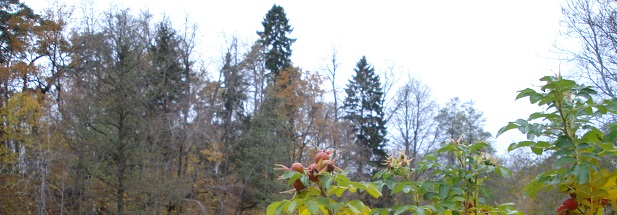
28 de October de 2016
Dinamización rural
For an effective territorial development of the forestry sector
24.10.2016
The conference "Cooperation between local entities and forestry associations for effective territorial development," held on October 24 at the Ministry of Agriculture, Livestock and Forestry (MAGRAMA), facilitated the exchange of experiences among 50 representatives of forestry associations, local entities, and Local Action Group (LAG) partners.
Guillermo Fernández Centeno, Deputy Assistant Director of Forestry and Forestry, began with an introduction to the current state of Spain's forested area, which covers almost 28 million hectares, of which 18 million are trees. This forest area has increased due to the abandonment of agricultural activity and the increase in reforestation. Fernández highlighted the importance of this area in highlighting forestry wealth and its management, both for the environmental benefits of climate change mitigation and for its economic benefits and job creation.
Juan Antonio Marín Ruiz, from the Sierra de Cazorla Rural Development Association in Jaén, explained models of forestry and natural resource management developed through projects carried out by his local action group. Marín presented the two areas of work being done: biomass production from olive pits for heating a science park, a municipal swimming pool, and hotels in the region; and timber utilization for construction, an area discussed by Beatriz Segura Plaza, director of Habitarte Arquitectos. For the development of both sectors, the projects presented have focused heavily on job creation.
Marín also highlighted the benefits of exchanges between GALs, providing examples of successful inter-regional cooperation projects, such as Eureners and the "Sustainable Village Vadillo Castril" pilot project.
During the meeting, MAGRAMA representatives José Luis Peralta and Jorge Rodríguez López provided an informative overview of all the forestry measures of the Rural Development Fund (EAFRD), specifically explaining measures 6, 8, and 16, and presenting examples of successful projects related to the forestry sector.
Francisco Carreño Sandoval, of the Confederation of Forestry Organizations of Spain, emphasized the growing importance of measures such as payments for environmental services and the importance of participating in inter-territorial and transnational cooperation projects to better leverage synergies and successful experiences in the sector.
Finally, representatives of the rural development networks, Felipe González of REDER and Josep Tortosa of REDR, highlighted the importance and potential of forests as an economic and environmental resource in rural areas and presented their views on the pros and cons of the current LEADER approach and the Common Agricultural Policy.
The final debate served as a forum for participants to discuss their opinions, concerns, and questions regarding legal and bureaucratic procedures related to rural development program aid, and in particular, the LEADER approach.
More information about the event can be found at the following link .









